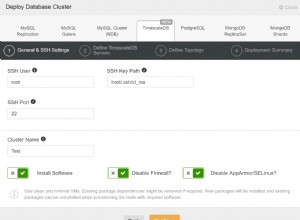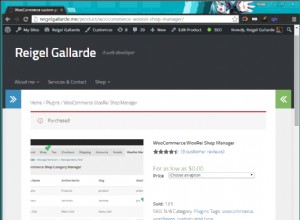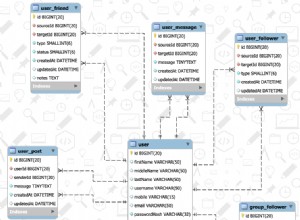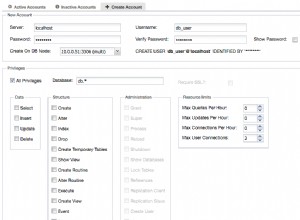Aqui está um aplicativo Slideshow-from-PHP muito básico. Ele pode ser facilmente modificado ou construído. Nomes de imagem (
file_name ) são extraídos do banco de dados e, em seguida, inseridos em uma matriz JavaScript de valores src da imagem. Certifique-se também de especificar o diretório de imagens (onde as imagens são realmente armazenadas) para corresponder ao seu. Um pré-carregador de imagem simples está incluído, pois a apresentação de slides é reproduzida automaticamente. <?php
$conn = new mysqli('localhost', 'root', 'password', 'images')
or trigger_error('Connection failed.', E_USER_NOTICE);
}
$conn->set_charset('utf8');
$paths = [];
$dir = "./pics"; // images directory (change to suit)
$stmt = $conn->prepare("SELECT `file_name` FROM `images`");
$stmt->execute();
$stmt->bind_result($file);
while ($stmt->fetch()){
$paths[] = $dir . "/" . $file;
}
?>
<!DOCTYPE html>
<html>
<head>
<meta charset="utf-8">
<title>Slideshow from PHP</title>
</head>
<body>
<div>
<!-- may set first image src in markup so initially visible -->
<img id="slide" src="./pics/image1.jpg" alt="slideshow">
</div>
<script>
var time = 5000, // time between images
i = 0, // index for changing images
images = [], // array of img src from PHP
preloads = [], // array of preloaded images
slide = document.getElementById("slide");
images = <?php echo json_encode($paths); ?>; // from PHP to Js array
var len = images.length;
function changeImg(){
slide.src = preloads[i].src;
if (++i > len-1){
i = 0;
}
setTimeout(changeImg, time);
}
function preload(){
for (var c=0; c<len; c++){
preloads[c] = new Image;
preloads[c].src = images[c];
}
}
window.addEventListener("load", function(){
preload();
setTimeout(changeImg, time);
});
</script>
</body>
</html>




